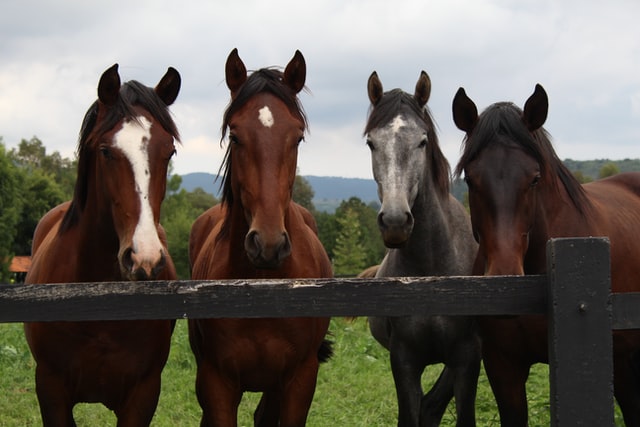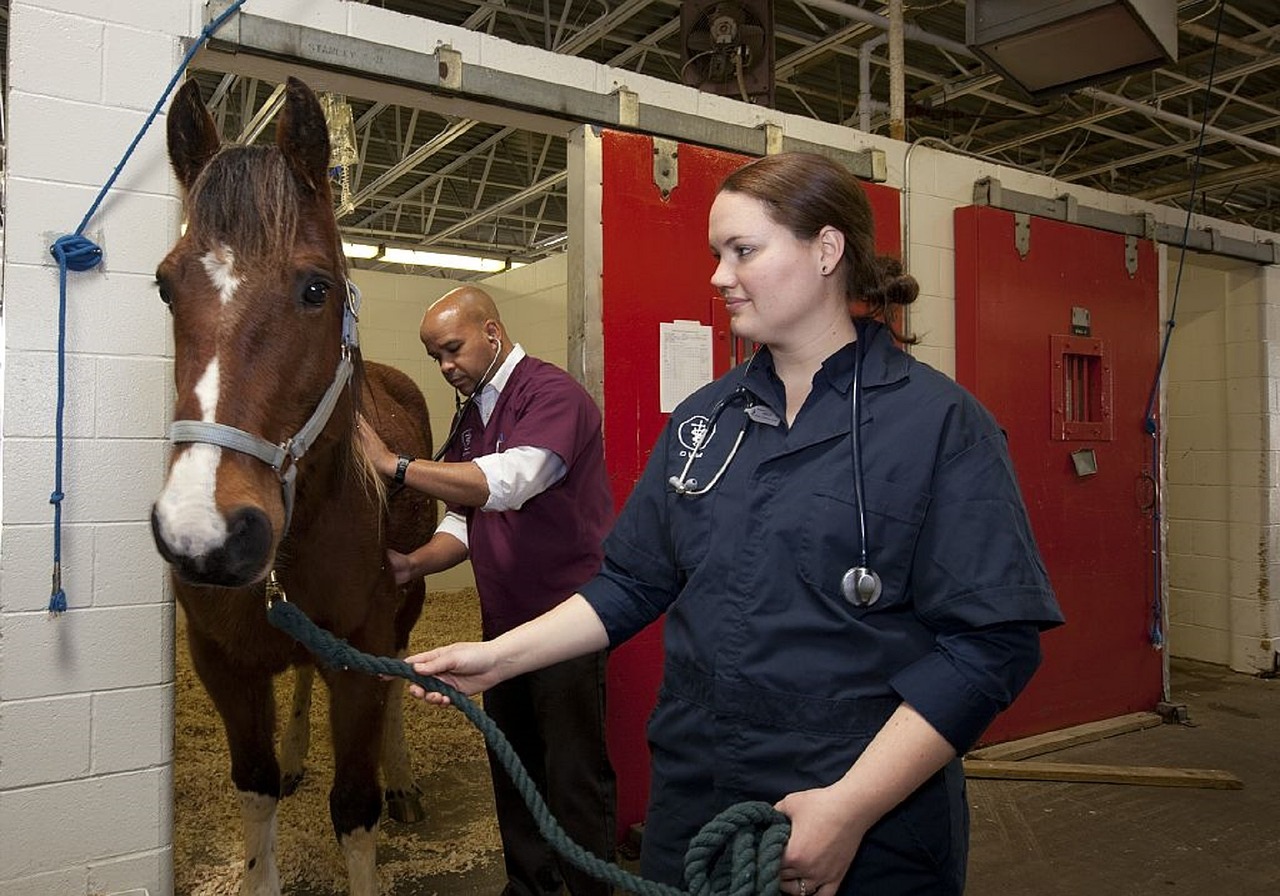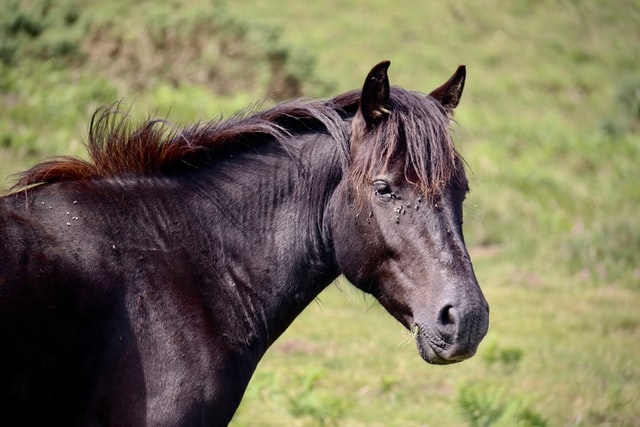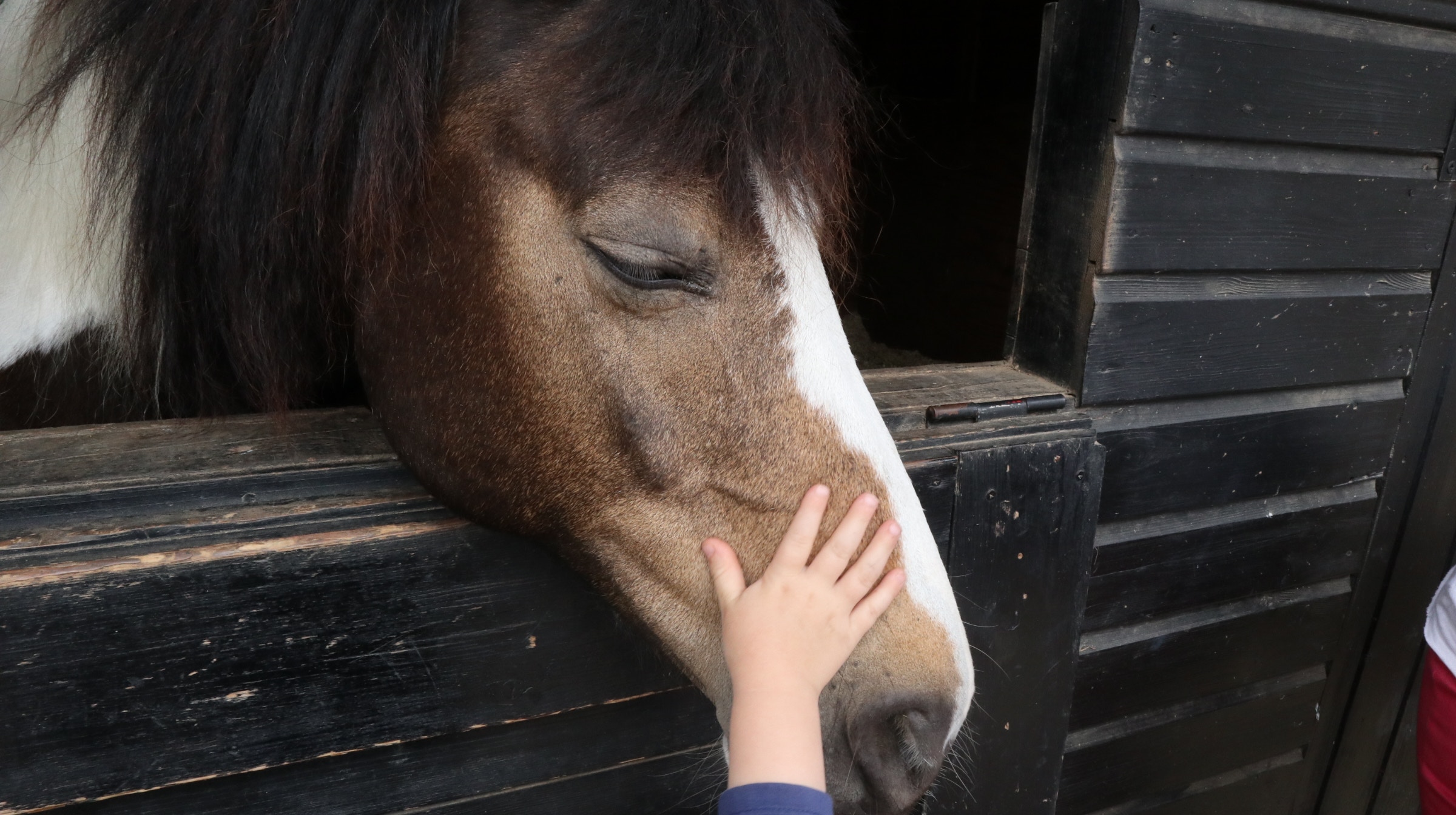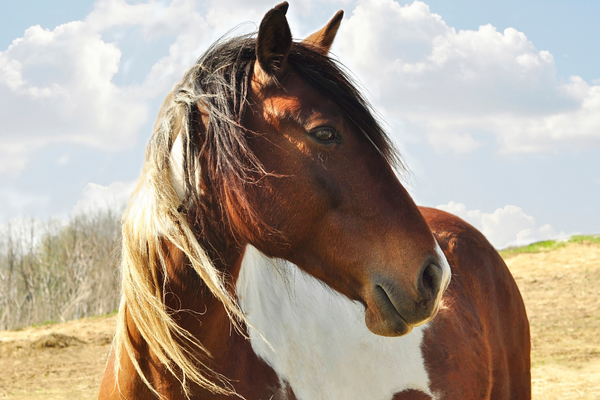How to Build a Better Topline on a Horse
One of the biggest questions I see asked all the time in horsey Facebook groups and from new horse owners is how to help their horse build a better top line.
In this post I’ll explain my answer, and why it’s more complicated than simply a list of exercises.
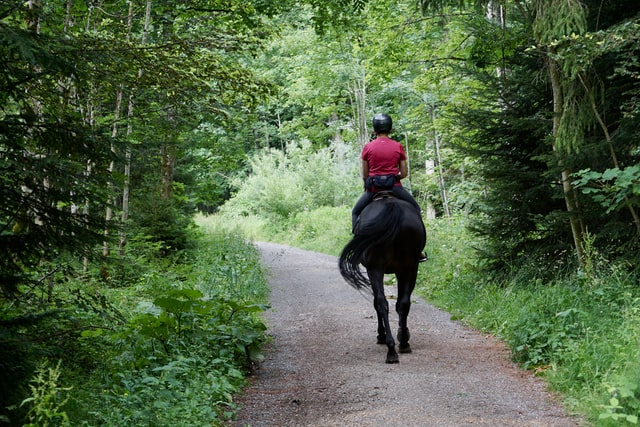
Why Do We Want to Build a Better Topline For Our Horses?
Just like the body of an athlete is more attractive a horse with a beautiful top line is more visually appealing.
But just like with the athlete it’s not so much purely aesthetics as is a sit and trim body alludes to the fact that it is healthy and strong and vibrant.
A horse with a beautiful top line is one that is fit and athletic and uses his body correctly.
So while as humans we tend to focus on the visual, the reason it is appealing is because it denotes a healthy way of moving.
Horses who have beautiful top lines use their body correctly and as such will have a healthy athletic life a lot longer than a horse but does not use his body correctly.
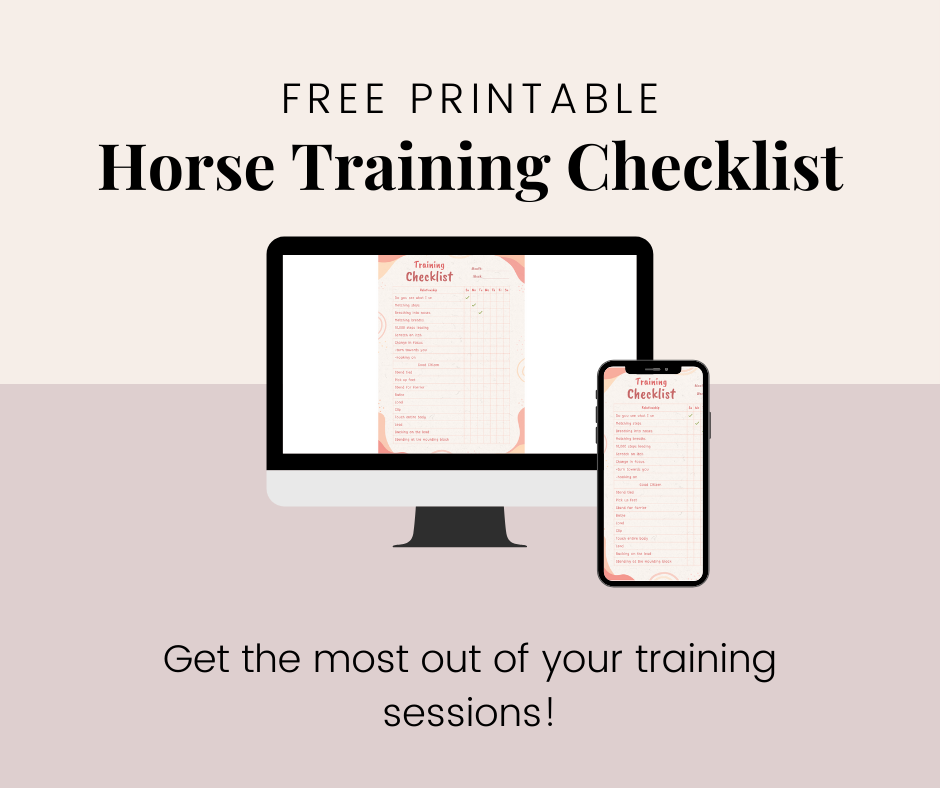
Horses that do not use their body correctly are prone to injury and repetitive stress on joints and end up developing arthritis and kissing spine and other debilitating Lee misses.
But like with most things horses it’s not as simple as do exercises XY and Z.
There’s a lot more that goes into building a horse is top line.
First we need to make sure the horse doesn’t have any underlying conditions that would prevent him from building muscle.
There are a lot of medical conditions that could prevent the horse building a top line no matter what his nutrition or exercise regimen looks like.
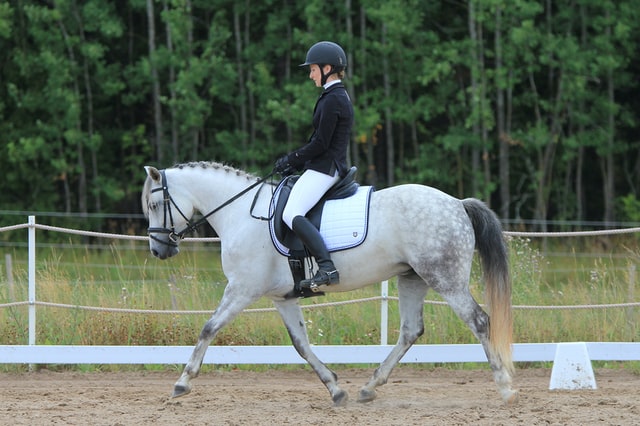
Medical conditions that prevent muscle building:
- cushings
- protein uptake deficiency
- cancer
- EPM
- age related sarcopenia
- proteolysis
- heavy worm load
- PSSM
So if you address your horses nutrition and exercise regimen and he still not putting on the kind a top line you would like I recommend having your vet come out and do a complete bloodwork.
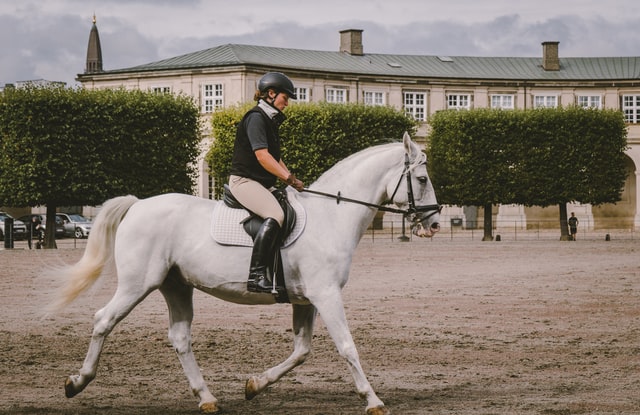
Nutritional Protein Requirements
Every horse has a unique protein requirement.
Proteins are made out of amino acids and if we want to revisit biology class from high school your body cannot create a new muscle fiber without the exact in exact amino acid combination.
So if one amino acid is missing, called an essential amino acid, your horse will not be able to create new muscle fibers.
For this reason protein is the most important nutrient when it comes to building muscle mass and a horse.
Each horse has a unique requirement for protein.
According to “Equine Nutrition and Feeding: second edition” by Dave Frape and “Feed to Win II” by Equine Research Inc.:
- an 880 lb horse at maintenance requires 536g
- an 880 lb horse at light work requires 670g
- an 880 lb horse at moderate work requires 804g
- an 880 lb horse at intense work requires 1072g
- an 1100lb horse at maintenance requires 656g
- an 1100lb horse at light work requires 820g
- an 1100lb horse at moderate work requires 984g
- an 1100lb horse at intense work requires 1312g
Not sure how much your horse weighs? Check out this post for help: How to Weigh Your Horse Without Scales
Maintenance would be for your pasture puffs.
Light work is considered working 1 hour 2-3x per week.
Moderate work is considered 1 hour daily.
And intense work is working 2 hours daily.
So now that we know what your horse needs for protein, we need to look at how he’s getting it.
Forage should be your horse is primary source of nutrition which includes grasses and hay.
However the protein amount in grass in a pasture will change based on the type of grass and the time of year, and your a protein content will change based on type of hay and whether it’s first cutting or second cutting or even third cutting.
For both of these I recommend contacting your local ag extension officer.
Your taxpayers dollars already go to pay his position so utilize their services and ask them to come out and take a look at your pasture and ask if they have hay testing services.
If they do not they can recommend you to a lab that can take your pay and test for the nutrition within the hay.
Then we have to do a little math if your horse is eating 1 to 2% of his body weight every day in forage how much is he eating and how much protein is in that forage.
Next if the amount he is eating in amount of protein he’s eating in his forage does not equal to the amount he needs based on the table above we have to supplement with feed.
Your local feed store should have an equine nutrition expert to speak with them about what seed is appropriate for your horse to get the adequate amount of protein.
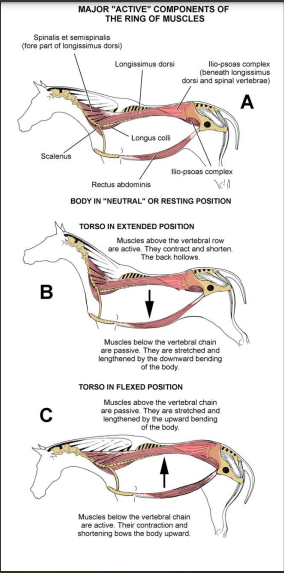
Build a Better Topline: The Ring of Muscles
OK now that we know your horse physically can at can build muscle, and has the appropriate nutrition with which to do it, how do we go about building a top line?
A long time ago I was introduced to the idea of the ring of muscles and a horse the ring of muscles goes from his hind end up through his abdomen his chest and his back.
When a horse is moving properly and in collection does ring of muscles is engaged and his hind end is well underneath him his front end is lighter his neck is and back are arched like a bow and this is proper use of his muscles.
Imagine a human standing still normally we stand with our back arched our stomach flabby.
Maybe our shoulders are hunched and we are not properly engaging our muscles.
Now tuck your pelvis underneath you, contract your abs, lengthen your neck upright and roll your shoulders back and down.
This is what a horse feels like when he is properly using his muscles.
So if this is the case any exercise that encourages your horse to step his hind legs farther underneath him will build the top line.
So in Facebook groups you’ll often see people recommending certain exercises such as hill work, tight circles, Cavaletti, poles, backing up etc.
However what all of these comments are missing is that is not as simple as simply performing these exercises.
Check out this in depth article on the ring of muscles in horses.
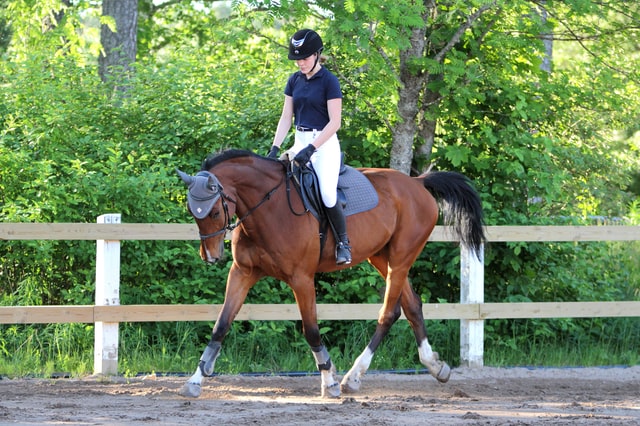
All of these answers are missing a key ingredient.
Your horse doesn’t have to only perform these exercises he needs to do him well.
As humans we can do stairsteppers and sit ups just as poorly as we can do them well.
If your horse in performing these exercises but has his head in the air, his back clamped down his hind end trailing behind him he still technically performing these exercises but they’re doing him no good.
In fact they’re building the wrong muscles.
So when you ask your horse to perform these exercises stop the minute he begins to fatigue and begins to put his head in the air, clamp his back down and disengage his hind end.
Just with humans on the stairstepper once we get tired we start looking for shortcuts.
We use our arms to pull ourselves up we throw our weight upwards.
Instead of using our glutes and hamstrings correctly.
So when your horse begins to not engage the correct muscles stop for the day or rest.
It takes a lot of time to undo poor muscle work and to build the correct muscles.
Once your horse has a more beautiful top line include these exercises in every single ride.
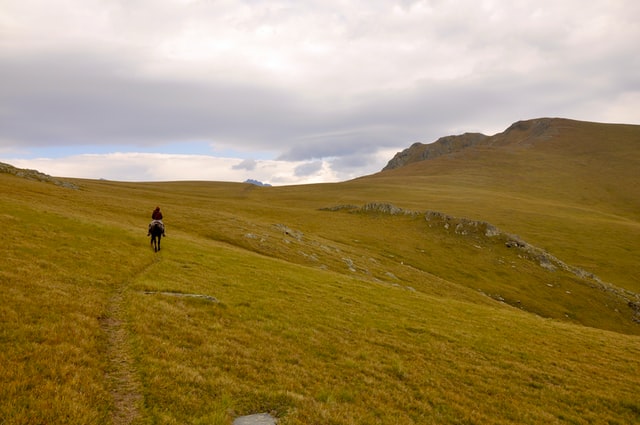
Exercises to Build a Better Topline
Now that we have the ground work down, here is a complete list of exercises you can do with your horse to build a better topline:
- working up and down hills slowly
- backing up (read how to properly train your horse to back here)
- carrot stretches down around the sides and under the belly
- transitions
- poles
- cavaletti
- long trail rides at a walk
- small circles
- lateral work
